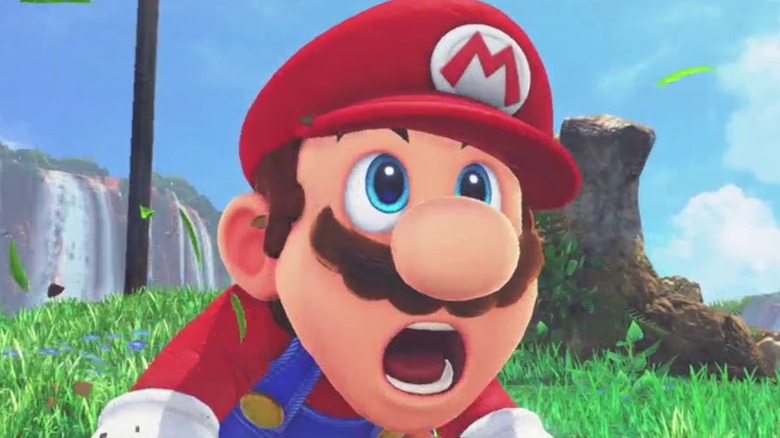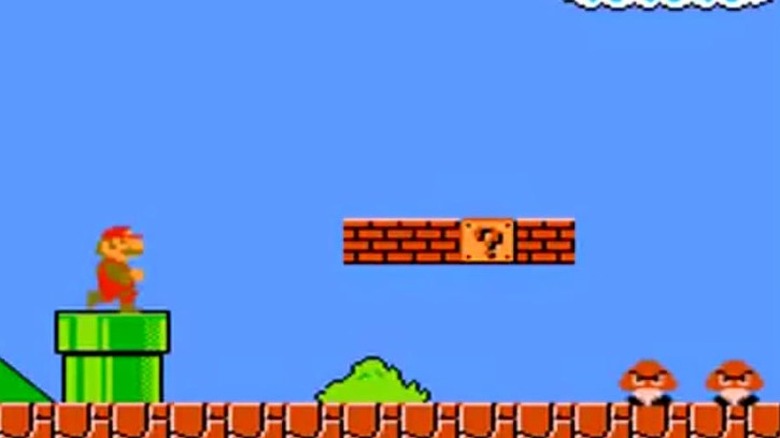This Robot Hand Is Better Than You At Mario
Gaming and technology have long gone together, a relationship researchers at the University of Maryland just took a step further with their newest robotic hand. The robotic hand is exceptional in plenty of ways, but one of the most interesting things it can do is beat the first level of "Super Mario Bros." on the original Nintendo.
The University of Maryland's School of Engineering announced on July 14 that the team had used "soft robotics" to create the hand via 3D printing. If you haven't heard about soft robotics, don't worry. It's basically the side of robotics that focuses on making robots "flexible" and "inflatable" using power sources that aren't electricity, like air and water.
So, why did the team of researchers use such progressive technology with video games? The group was actually testing out something that had never been done before at the same time. "Previously, each finger of a soft robotic hand would typically need its own control line, which can limit portability and usefulness," explained one of the researchers.
However, through testing with "Super Mario Bros.," the team overcome that problem.
The "Super Mario Bros." playing robotic hand could lead to major breakthroughs in multiple fields
The University of Maryland's team was able to control the soft robot hand with one central circuit board compared to one board for each finger. According to the university, the more circuit boards there are, the more it impacts "portability and usefulness."
Using a combination of no, low, medium, and high pressures, the research team was able to program the hand to press the buttons on the Nintendo controller. After telling the hand to cycle through the inputs, it was able to beat the first level of "Super Mario Bros.," an impressive feat considering it did it in less than 90 seconds.
Because of the impact this technology could have across various fields, the team is sharing its research and its files for 3D printing. "It is our hope that this open-source 3D printing strategy will broaden accessibility, dissemination, reproducibility, and adoption of soft robots with integrated fluidic circuits and, in turn, accelerate advancement in the field, "explained one researcher.
There's potential for this to change lives, and the idea that it was tested on "Super Mario Bros." is pretty cool. Maybe one day the robot can take on "Super Mario Bros: The Lost Levels."


